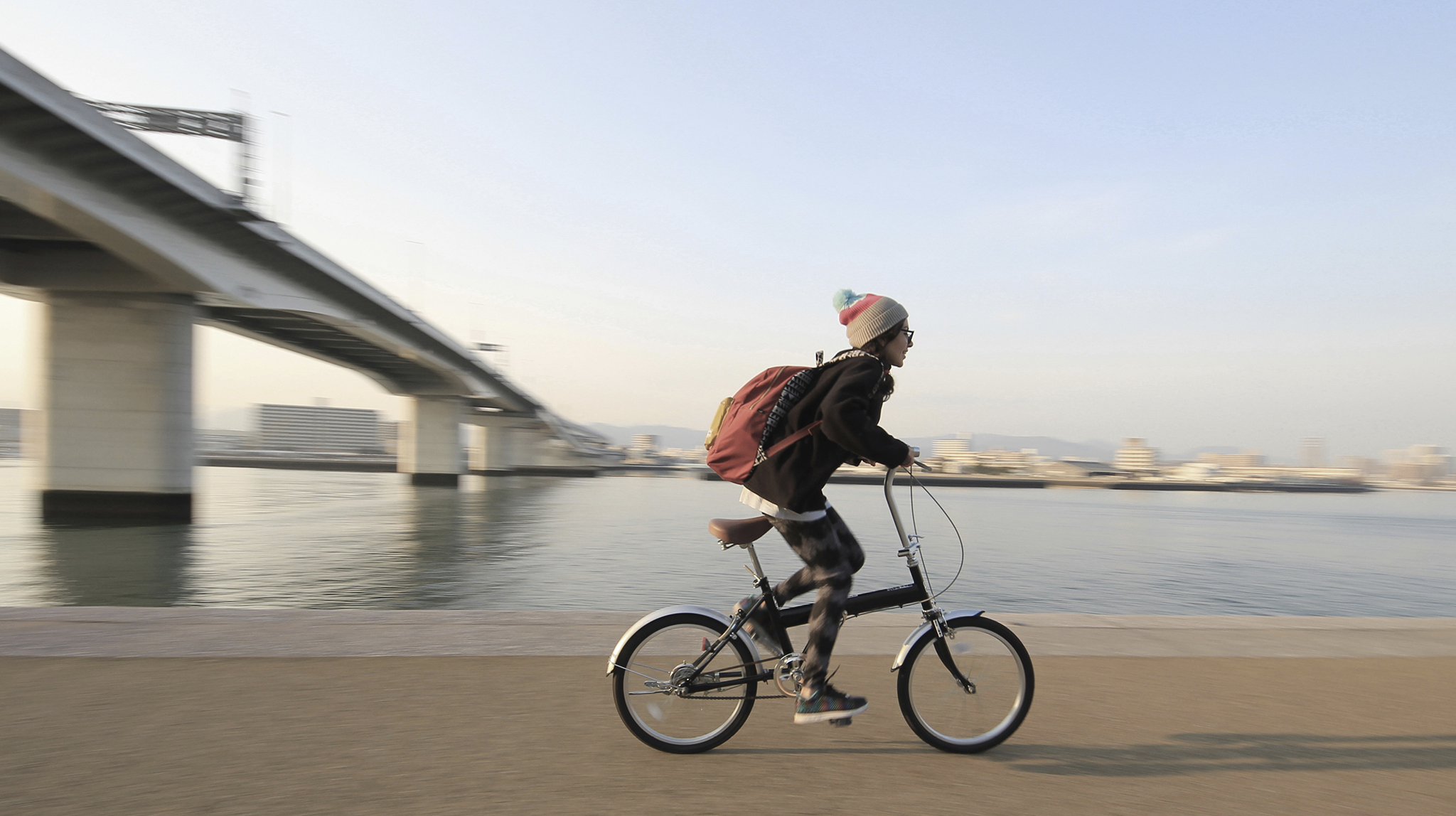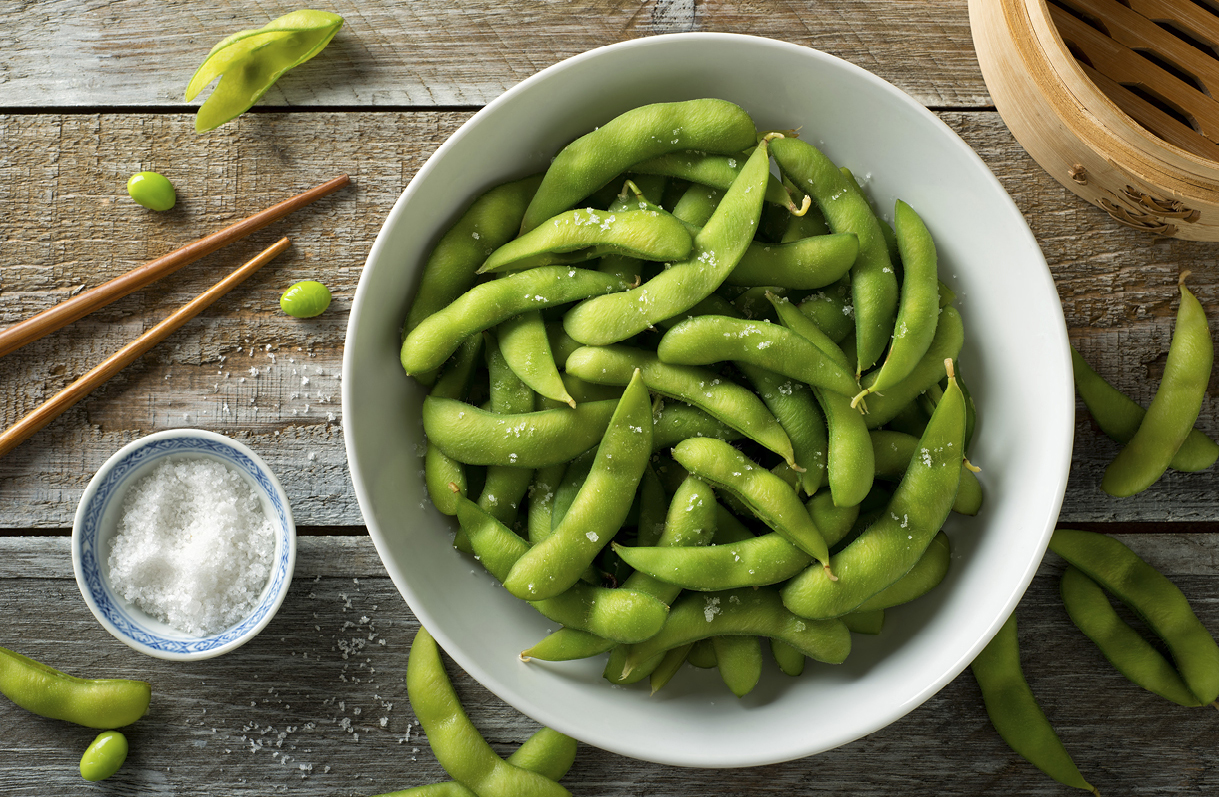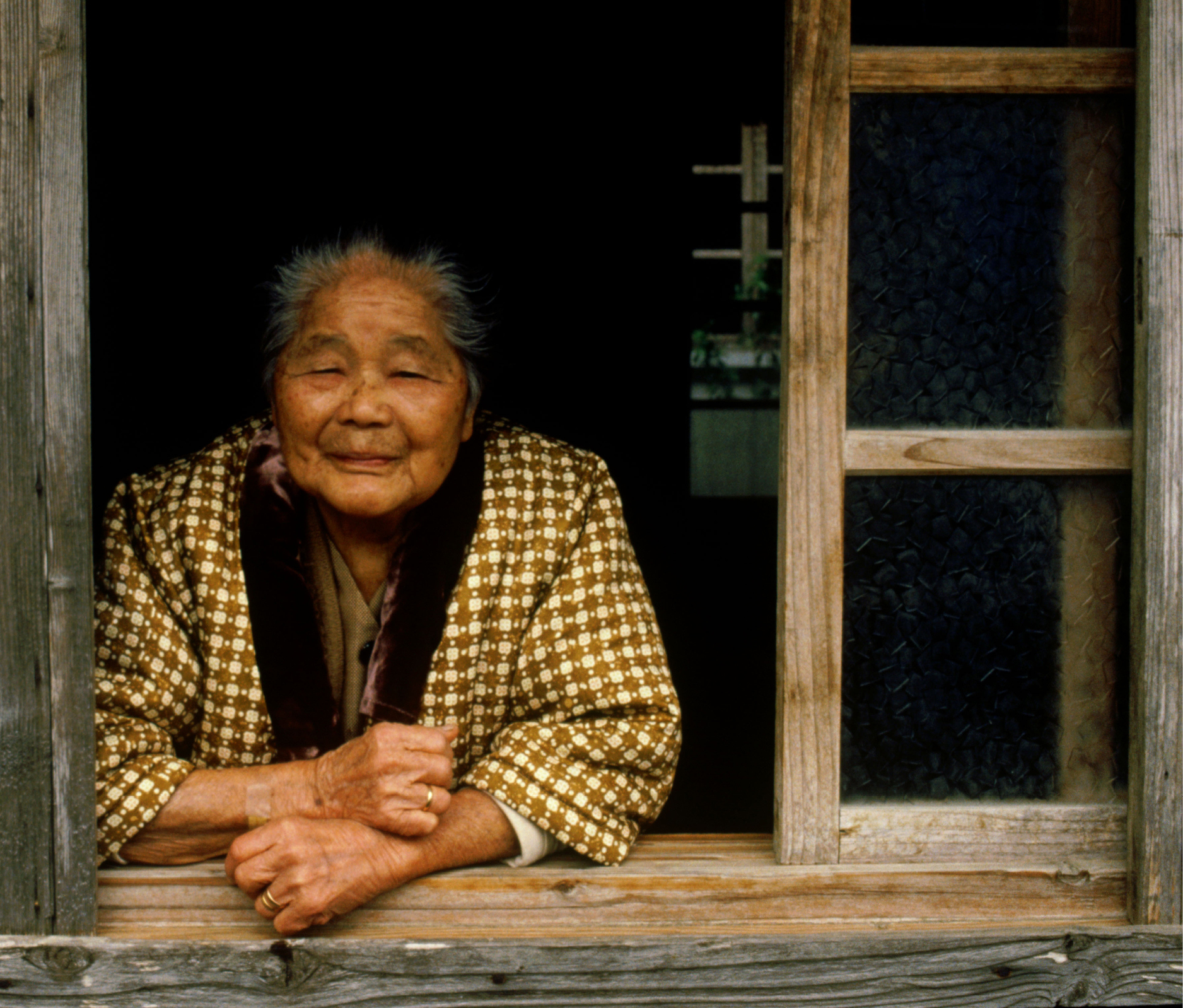食生活、運動、長寿
Diet, Exercise, and Longevity
How to reach 100
Healthy living is practically ingrained into the everyday through the traditional diet of fish and rice, and by the common practice of incorporating exercise into the morning routine. With more than 2 million people currently aged over 90, Japan certainly must be doing something right when it comes to wellness.
Be More Japan Diet, Exercise and Longevity

D Exercise is integrated into the daily routine for many commuters.
Eat the traditional Diet
Japan’s advanced public health system is certainly one factor that contributes to the nation’s reputation for healthy living and longevity, but another key element is the classic Japanese diet. Typical meals are lean and balanced, consisting of a bowl of rice, miso soup, a piece of meat or fish, with vegetables and green tea. These and other time-honored foods help protect against heart disease, obesity, and many other disorders. The Japanese are also major consumers of heart-healthy fish and soy- beans, from fresh edamame and tofu to fermented natto, which offers probiotic qualities if you can get over its slimy texture. Both fresh and pickled vegetables are a staple, as is seaweed, which contains essential nutrients and antioxidants. Dessert tends to be fruit or foods containing anko (sweet bean paste).

D Edamame and other soy products are thought to reduce the risk of all kinds of diseases, from diabetes to depression.
Even the Japanese style of dining— consisting of several small dishes rather than a single plate piled high with food— is said to encourage mindful eating.
Keep Active
For older Japanese people, exercise has been part of the daily routine since rajio taiso (radio calisthenics) was introduced by national broadcaster NHK in the 1920s. The program is still going today, providing an early-morning workout that takes listeners through 15 minutes of movements to kick-start the day.
Of course, a 6:30am workout is often the last thing on busy minds in the morning these days, and rajio taiso is not as popular as it once was. Still, about one-third of the population walks or takes to their bicycles as part of their morning commute or daily errands, so staying active is still integrated into many people’s routines.
Be More Japan Diet, Exercise and Longevity
tokyo on foot

If you want some exercise in Japan, put on your running gear and head to Tokyo’s Imperial Palace. The 3-mile (5-km) route looping around the grounds—uninterrupted by stoplights or crossings—is one of the most popular jogging spots in the city and a venue for numerous running events during the year. Tokyo also has its own major marathon in the spring, which has close to 500,000 applicants for only 35,000 spots.
Okinawa’s Centenarians
Japan is well known for its long-living and healthy elderly population, something which has made Okinawa Prefecture particularly famous. The warm climate of this tropical island chain is definitely a factor here, as is the traditional, plant- based diet—but it’s also the lifestyle and essential culture of wellness that have made the Okinawans global icons. Even in their 90s and beyond, many of the elderly are still fishing and farming as they always have. This idea of ikigai (having a reason to get up in the morning) and contributing to the community make the centenarians of Okinawa a real inspiration. Try adopting some of their traditions for your own well-being, like following the rule of “hara hachi bu”—which means you stop eating when your belly is 80 percent full.

D Okinawa is designated as one of the world’s five “blue zone” regions, where people live exceptionally long and healthy lives.
